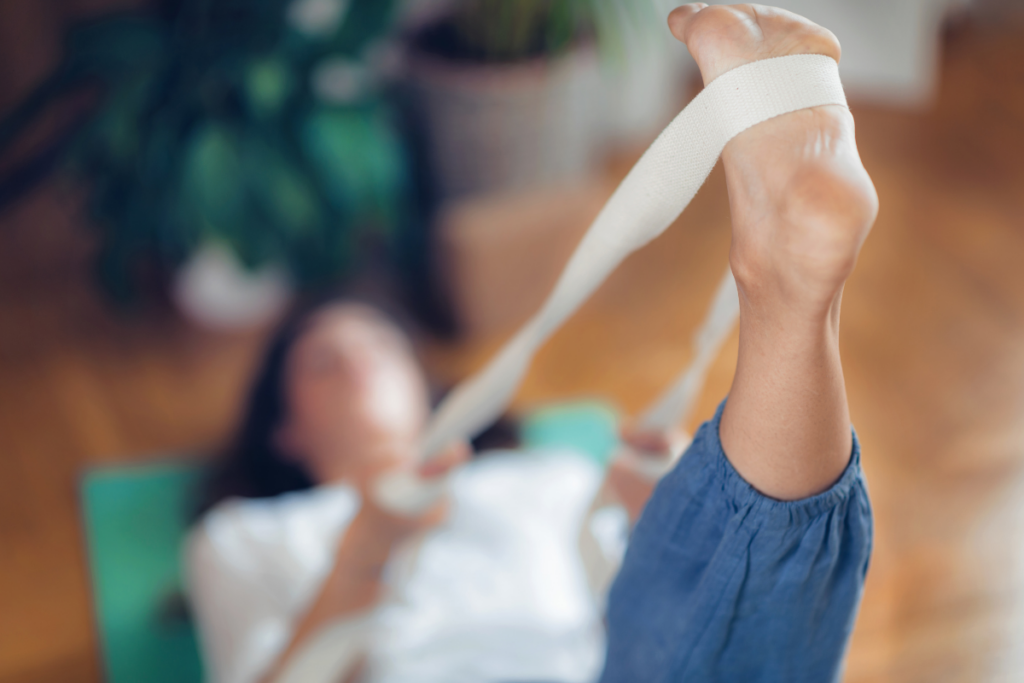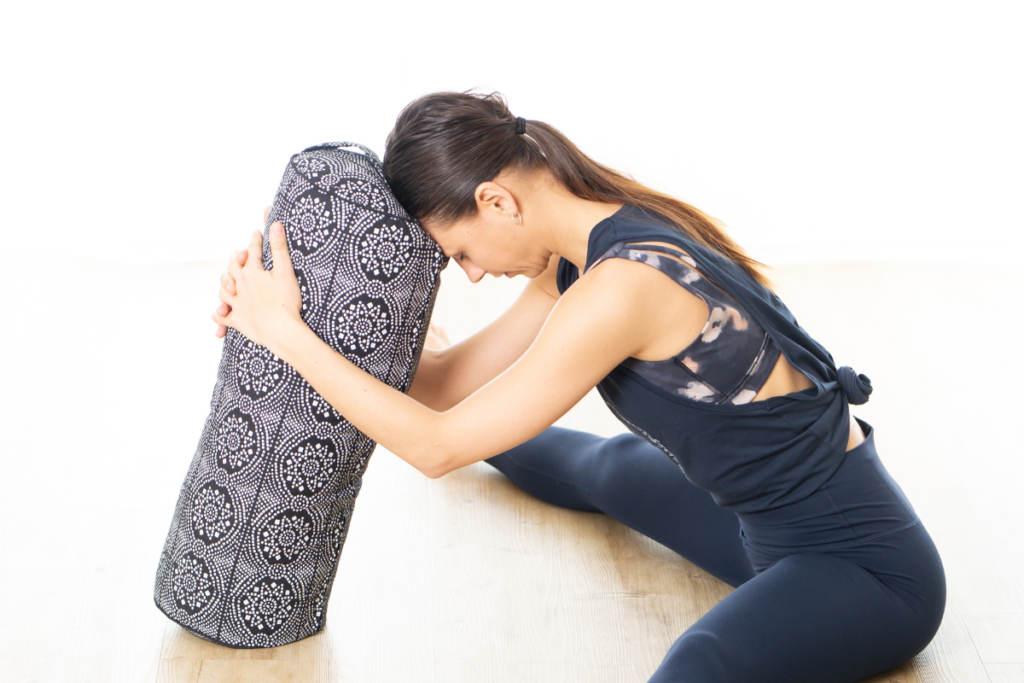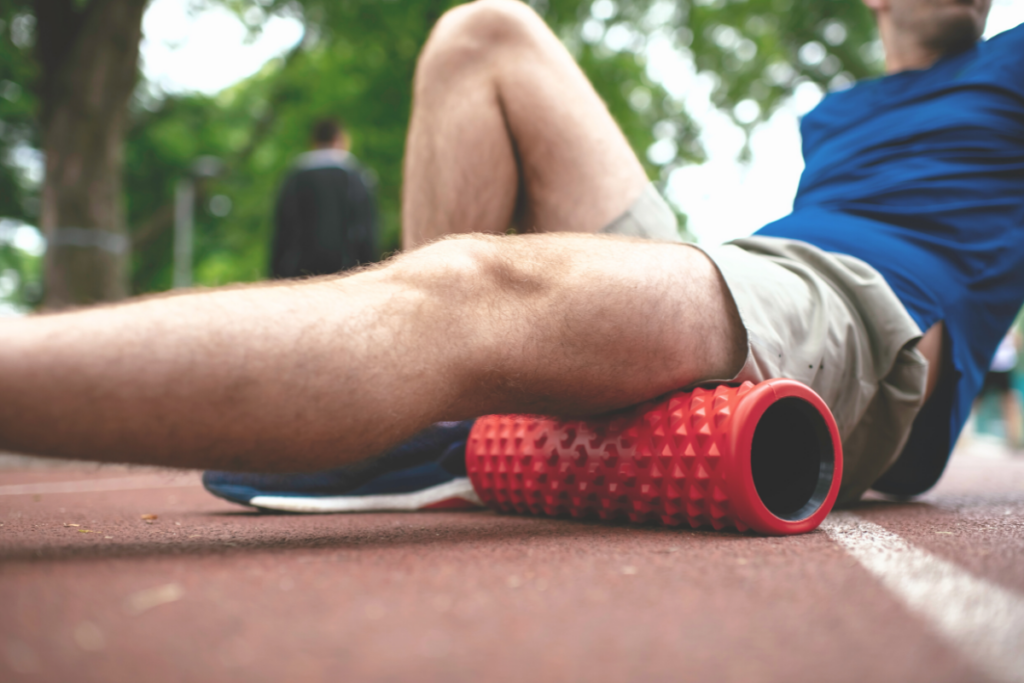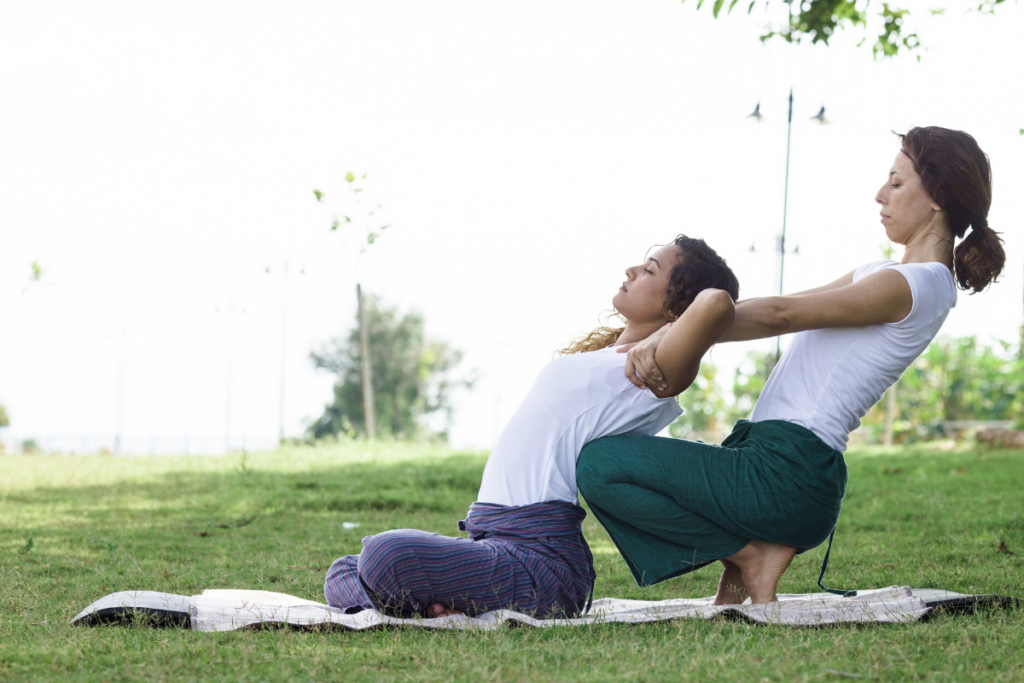
Do you stretch every day, go to yoga 3 times per week, but you still struggle to touch your toes? Maybe you felt gains early on, but now the progress has stopped. To increase your flexibility you can’t rely on static stretches alone. Below are 5 other ways to help you increase your flexibility with little effort, but to know WHY you need these techniques you need to know WHY stretching stops working.
What do you do automatically?
Do you still go into an office, or take your kids (or yourself) to school every day?
Have you ever been on your way to the office (or school) and needed to make a pit stop at Whole Foods (or Kohl’s) to return an extra doormat you ordered at Amazon? But ¾ of the way to school (or the office) you hit the brakes and almost get rear-ended because you realized you forgot to drop the package off? 🤦♀️
Your routine got disrupted and threw you for a loop.
Routine is good, but sometimes routine and habit can put us on autopilot. The same can happen with stretching and flexibility.
So let’s talk about why stretching stops working…
When you always stretch to a certain point (especially if it’s mindless – routine or rut), your brain starts to think your usual stopping point is your endpoint and you can’t go any further. It becomes familiar, and you (and your brain) become complacent. So how can you improve your flexibility and mobility?
You need to return those extra items back to Amazon. I mean… You need to reset your brain-body connection.
Below are 5 ways you can get out of your routine or rut and increase your flexibility and mobility. Give them a try and see how it goes for you.
Pandiculation is how the nervous system resets and reconnects your sensory-motor cortex (in your brain) with the muscles in your body. Animals do this involuntarily throughout the day but most notably when they wake.
Imagine when you wake up in the morning… you yawn and stretch your arms overhead, fists balled, legs stretched, and toes spread – this is pandiculation.
As humans, we often stop pandiculation due to habitual patterns or trauma. This causes “sensory amnesia” or the inability to move in all the ways we naturally should be able to move (and through our full range of movement).
Thomas Hannah turned pandiculation into a method where people could reset their own sensory amnesia through movement.
From Hannah Somatics:
The next time you want to stretch, try this instead:
– Further contract (firmly but gently) the muscle that feels tight. Do this purposefully and keep within your comfort range.
– Then slowly lengthen that contraction, as if you were just waking up in the morning and yawning.
– Then completely relax.
Somatics (yoga somatics) in its essence is gently moving back and forth between contraction and lengthening of the muscles. Watch and follow along with the video below to experience pandiculation firsthand.

Proprioceptive Neuromuscular Facilitation (PNF) – OK, this one is a little more like “stretching” but it’s also exercise 🤔?
Like pandiculation, it involves moving through contraction and lengthening of the muscles to help reset the brain-body connection, but PNF is a little different.
How to do PNF:
Still not sure what this looks like? Check out this video to experience it.

Yin/Restorative Yoga – Ok, Yin does tend to be marketed as a “stretching” class, but it’s taught as a yoga class with centering, savasana, and namaste. The mechanism in both restorative and yin is the same.
Both of these styles of classes encourage relaxing into a pose over an extended period of time. In these long-held poses, you are encouraged or moved into a parasympathetic (rest and digest) state through cues and the duration of time in the pose.
When we are relaxed we move away from the need to be ready to fight or flee. If we feel we need to fight or flee our muscles engage to be ready to go, but if we’re relaxed we can soften and let go. When we’re soft and relaxed our muscles can naturally lengthen and improve our overall flexibility.

Myofascial Release – This one isn’t a traditional brain-body reset, but the mobility of the fascia does communicate to the brain.
Oh. What’s fascia?
Fascia covers every muscle and every cell in our bodies.
Myofascial release is a technique where we heat up and soften the fascial so the muscles can lengthen. Myofascial release can happen through a massage or self-massage. I’ve posted a blog post on self-neck myofascial release and pectoralis myofascial release. Read the post and watch the videos. Try it at home and experience it for yourself.

Facilitated Stretching/Thai Yoga Massage – These not only feel amazing, but they can also help increase flexibility and mobility.
Thai yoga massage is meant to be relaxing. Someone moves you through some stretches, but usually, there’s also a traditional massage component which works on the myofascia as well.
Facilitated stretching has less of an emphasis on the parasympathetic response (rest and digest), but if you can stay relaxed as someone moves you through stretches you can also find immense benefit from this technique.
** Reading Break ** This blog post DOES contain affiliate links of related products I love and they might even be pictured. If you click on a link and purchase a product (or service) it costs you nothing, you MIGHT even get a discount, and I MAY even receive a SMALL commission. This helps me to buy and drink coffee ☕️ to keep me awake and provide you with amazing free content 💗 Thank You for supporting my content 💋
What do you think? Have you tried any of the above? Which one is your fave? Personally, I do a little of all of them (PNF is my least fave 🤫). I’ll do 2 for a few months then try a different 2 for a few months.
But one thing to remember is everyone is different and our ability to increase our flexibility and mobility is different from person to person. Being present and stretching and moving mindfully is always the best place to move from.
If you want more tips on how to improve your overall wellness sign up for my newsletter and get your copy of my 1 min checklist to reduce stress, anxiety, and pain + guided audio.
Sign up for my newsletter and get my 1 min checklist to reduce stress, anxiety, and pain + guided audio.
Privacy is important. I won’t sell your info. I promise.